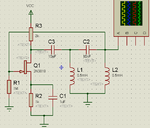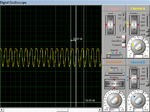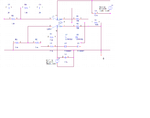khtnthanh
Newbie level 5
HI all! I'm a student, I have a problem! I want to design a oscillator circuit at 50khz frequency.
what should I do? use a transistor or op-amp circuit and a positive feedback!
and may use give me some name of a transistor or op-amp
please help me!
any help will be grate!
Thank you so much!
what should I do? use a transistor or op-amp circuit and a positive feedback!
and may use give me some name of a transistor or op-amp
please help me!
any help will be grate!
Thank you so much!
Last edited:


